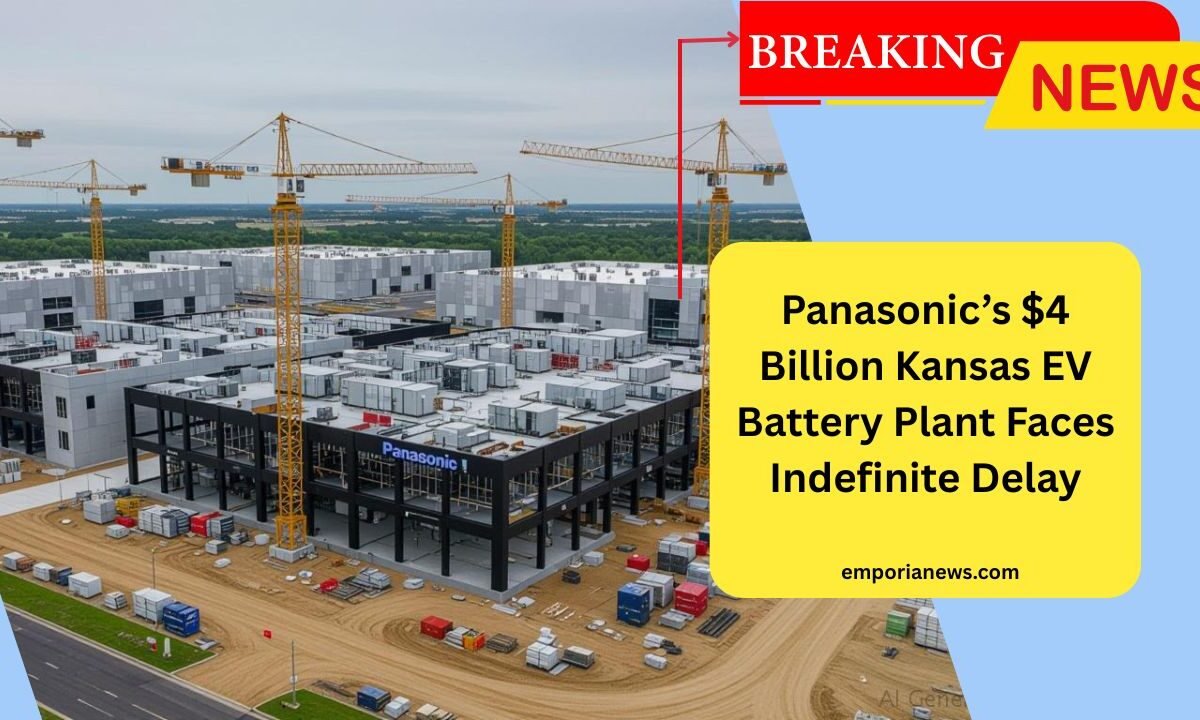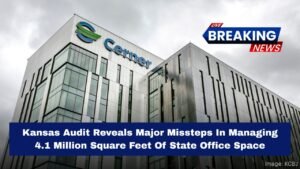The delay in ramping up Panasonic massive $4 billion electric vehicle (EV) battery facility in De Soto, Kansas, highlights critical vulnerabilities in the global EV supply chain.
Initially scheduled to reach 30 gigawatt-hours of annual output by March 2027, the project now has no fixed timeline, reflecting broader instability caused by evolving government policies, uncertain consumer demand, and shifting geopolitical pressures.
This development has far-reaching implications—not only for Panasonic and Tesla, but also for investors and stakeholders navigating the rapidly changing EV landscape.
The pause serves as a powerful reminder that success in this sector requires diversification, agility, and innovation.
Tesla Troubles and Demand Uncertainty: The Core Issues Behind the Delay
The slowdown is largely linked to Tesla’s ongoing sales slump, which has extended across five consecutive months in several European markets. In the UK, for example, Tesla’s deliveries plummeted by 45% in May 2025.
Meanwhile, the automaker’s Q1 revenue declined 9% year-over-year, reflecting weakened consumer confidence and rising competition from established automakers like BMW and General Motors.
Adding to the problem is the controversy surrounding Elon Musk, whose political affiliations have generated backlash in key regions.
With Tesla accounting for nearly 70% of Panasonic’s global EV battery sales, the ripple effect is profound. This overreliance on a single customer has left Panasonic grappling with unused capacity, raising alarm bells for investors.
Changing Buyer Preferences
The issue isn’t just about one company. There’s a broader trend of consumers shifting toward more affordable EVs, driven by inflationary pressures and budget-conscious decision-making.
As legacy manufacturers offer lower-cost electric options, suppliers like Panasonic that are heavily tied to high-end models are facing existential business risks.
Federal Policy Changes: EV Tax Credits and Tariffs Complicate Forecasts
Another major factor disrupting demand is uncertainty in U.S. EV policy. Proposed reductions to the $7,500 federal EV tax credit—along with the introduction of a $250 annual EV registration fee—are poised to hurt adoption.
A Harvard University study found that EVs could make up only 32% of new vehicle sales by 2030 without these tax incentives, compared to the 48% share projected with them.
On top of that, Panasonic has already incurred $540 million in extra costs due to U.S. tariffs on Chinese battery components, further straining its finances.
Local Incentives Come With Strings Attached
Although Kansas has committed $829 million in tax incentives for the project, the deal depends on job creation benchmarks.
So far, Panasonic has hired just 660 employees, and without clearly defined hiring obligations in the contract, the company may face political scrutiny if targets aren’t met.
Global Risks Highlight the Need for Supply Chain Diversification
The Kansas plant’s obstacles are part of a larger trend: the global EV supply chain is highly susceptible to U.S.-China trade frictions, policy reversals, and economic nationalism.
As these risks grow, battery manufacturers must rethink their exposure to any single country, client, or technology.
Emerging Strategy: Client Diversification
To reduce dependency, Panasonic has started expanding its customer base, securing deals with Lucid Motors and Harbinger Motors.
This is a step in the right direction, but industry resilience will require a broader transformation, particularly in the area of battery innovation.
The Role of Advanced Battery Technologies
The future of EV battery manufacturing may lie in next-generation technologies such as solid-state and lithium-sulfur batteries.
These innovations promise higher energy density, faster charging, and lower production costs, making them attractive alternatives to current lithium-ion technology.
Asian battery giants like China’s CATL and South Korea’s SK On are already ahead of the curve, generating 40% and 35% of their revenues respectively from markets outside the U.S..
Their geographic diversity and technological leadership make them better equipped to navigate turbulent times.
Market Position of Leading Battery Manufacturers in 2025
| Company | Country | 2025 Global Market Share | Key Clients |
|---|---|---|---|
| CATL | China | 36% | BMW, Tesla, Toyota |
| LG Energy Solution | South Korea | 23% | GM, Hyundai, Honda |
| Panasonic | Japan | 9% | Tesla, Lucid Motors, Harbinger Motors |
Key Investment Insights: How to Navigate EV Market Uncertainty in 2025
The setback at Panasonic’s Kansas facility is a critical signal for investors to diversify away from U.S.-dependent or Tesla-centric bets in the battery sector. Instead, focus on companies that demonstrate:
- Robust Client Diversification
Firms like CATL and Samsung SDI, with partnerships across multiple automakers, are less vulnerable to downturns at a single company. - International Revenue Footprint
Look for manufacturers with strong positions in Europe and Asia, where policy support for EVs remains more consistent. - R&D Leadership in Next-Gen Battery Tech
Innovators like QuantumScape and Enovix, while still volatile, represent high-upside investments due to their focus on breakthrough technologies.
What Lies Ahead for Panasonic and the EV Sector?
Panasonic is not out of the race. The grand opening of the Kansas plant, set for July 14, 2025, signals the company’s commitment to long-term growth.
However, until it can secure stable demand, broaden its customer base, and navigate policy and tariff challenges, the risk of underutilization and financial setbacks remains high.
Panasonic’s delay in De Soto is more than a company-specific issue—it’s a reflection of broader EV industry vulnerabilities in 2025. As demand shifts, policies evolve, and competition intensifies, battery manufacturers must diversify, innovate, and plan for uncertainty.
The Kansas plant serves as a cautionary tale: in today’s volatile EV market, relying too heavily on any one customer or market is a risky bet.




